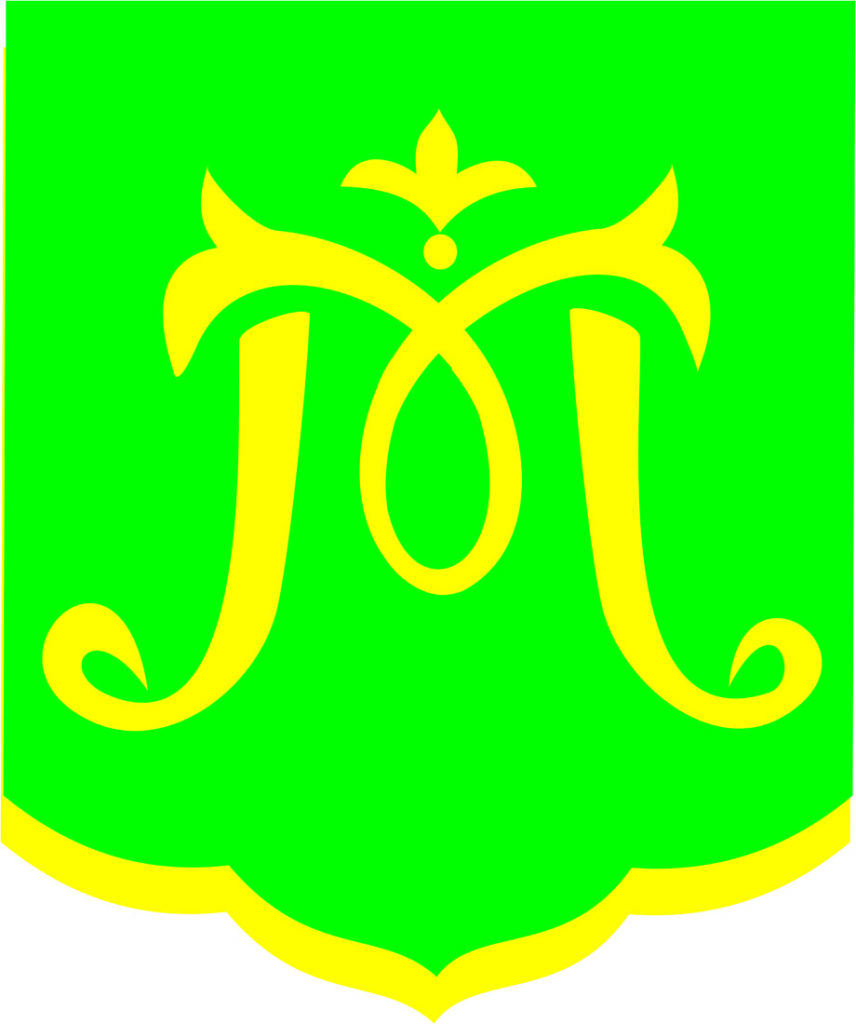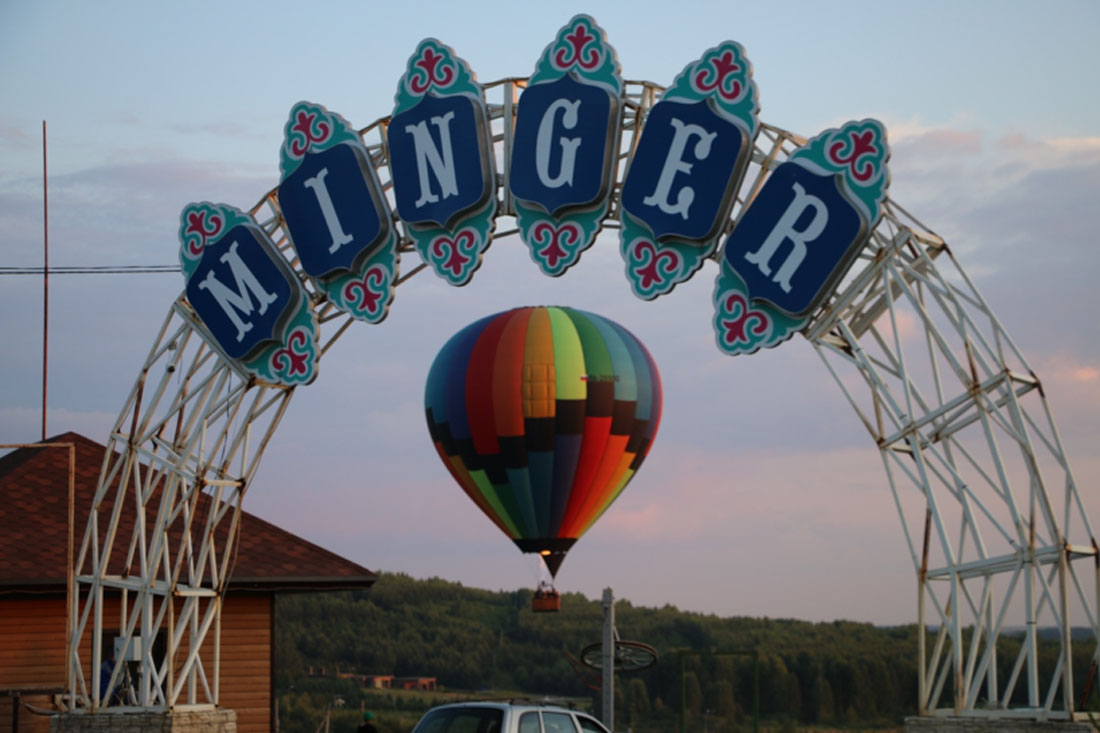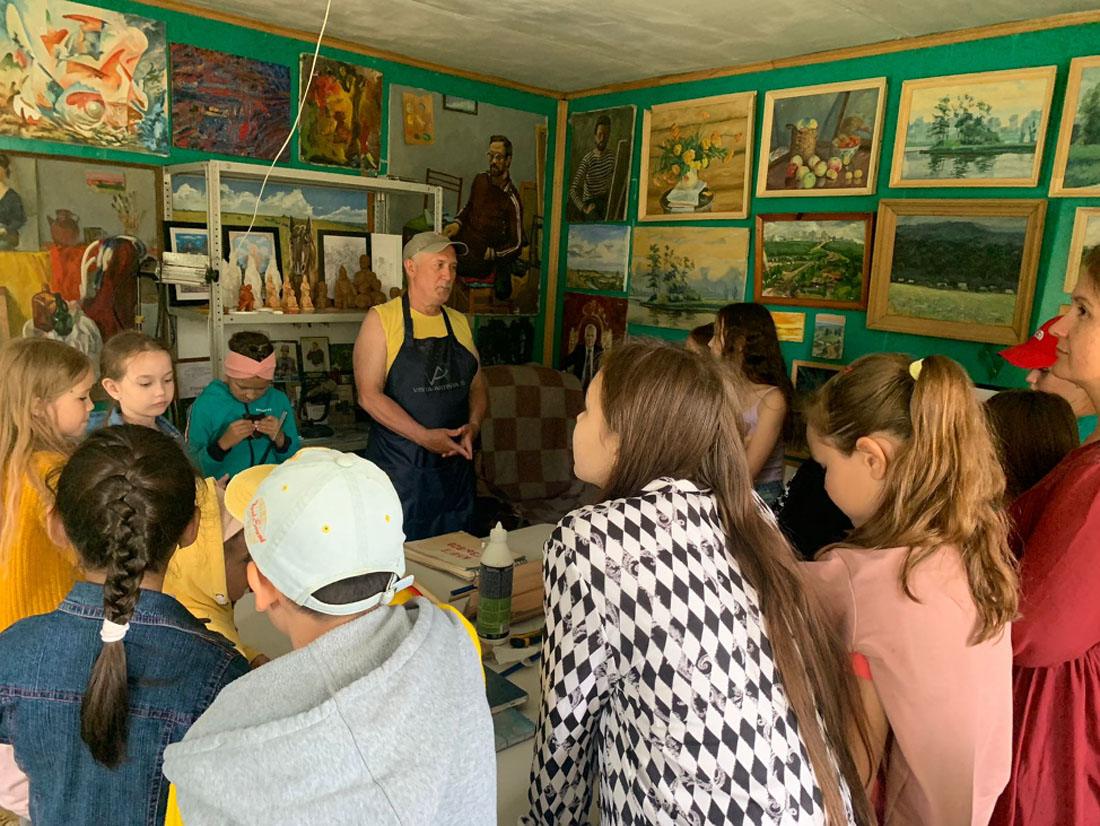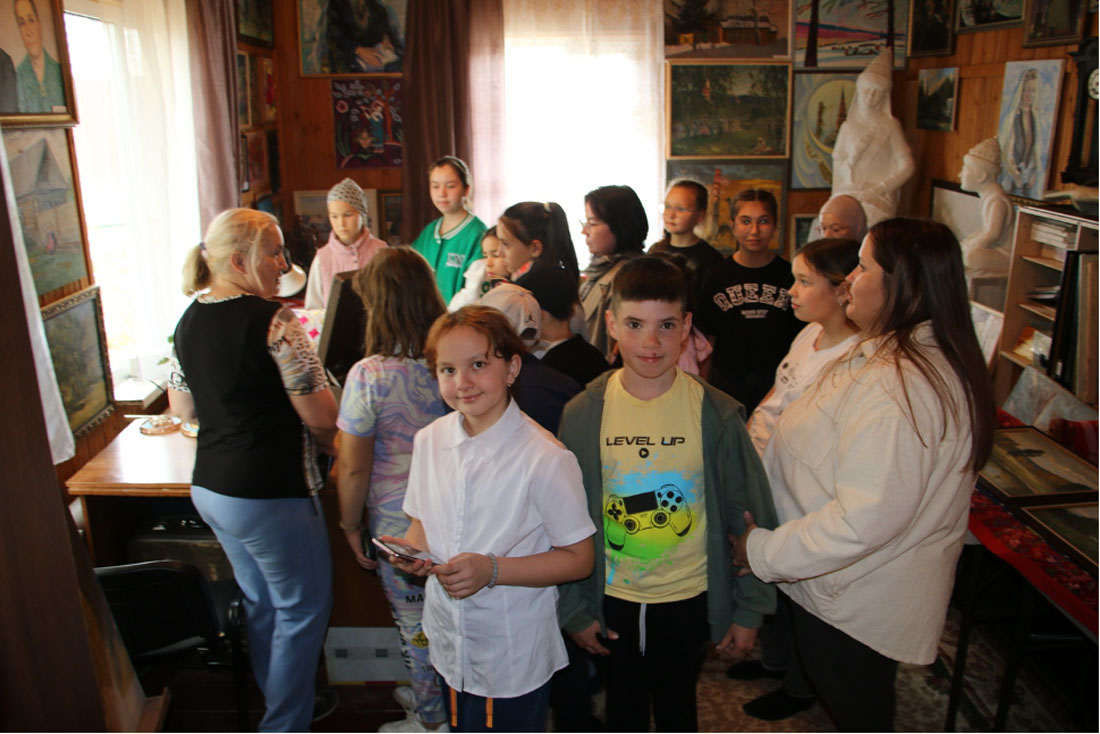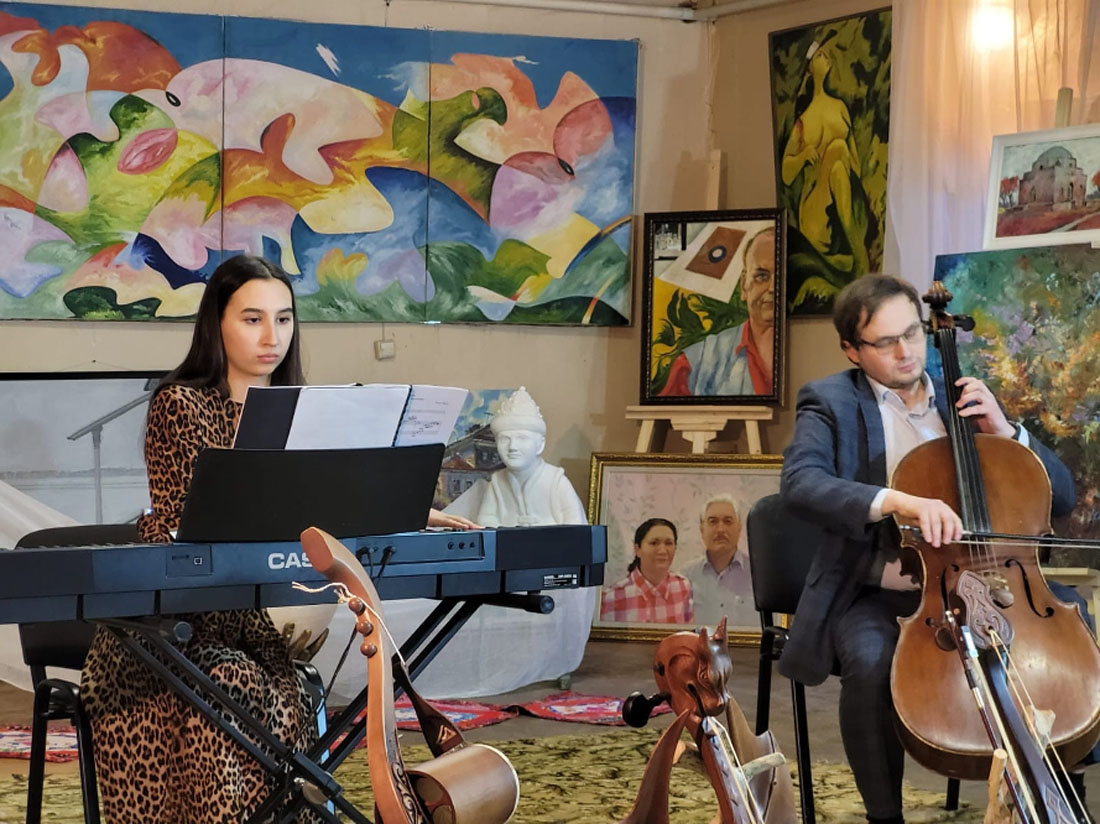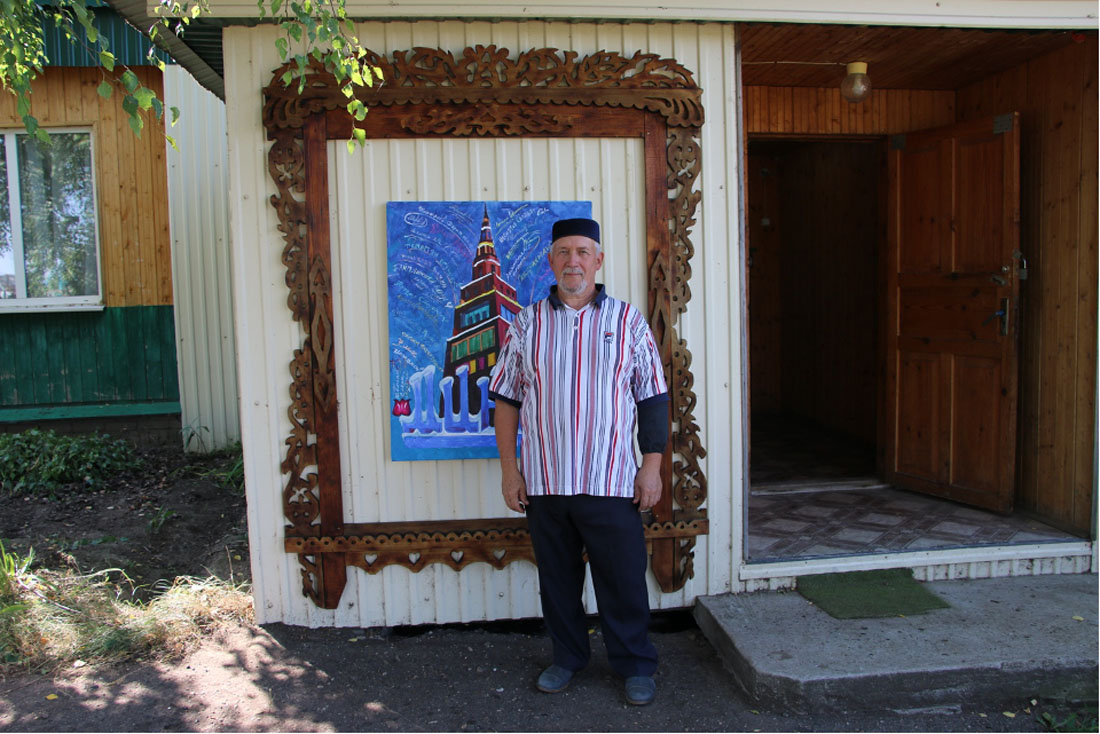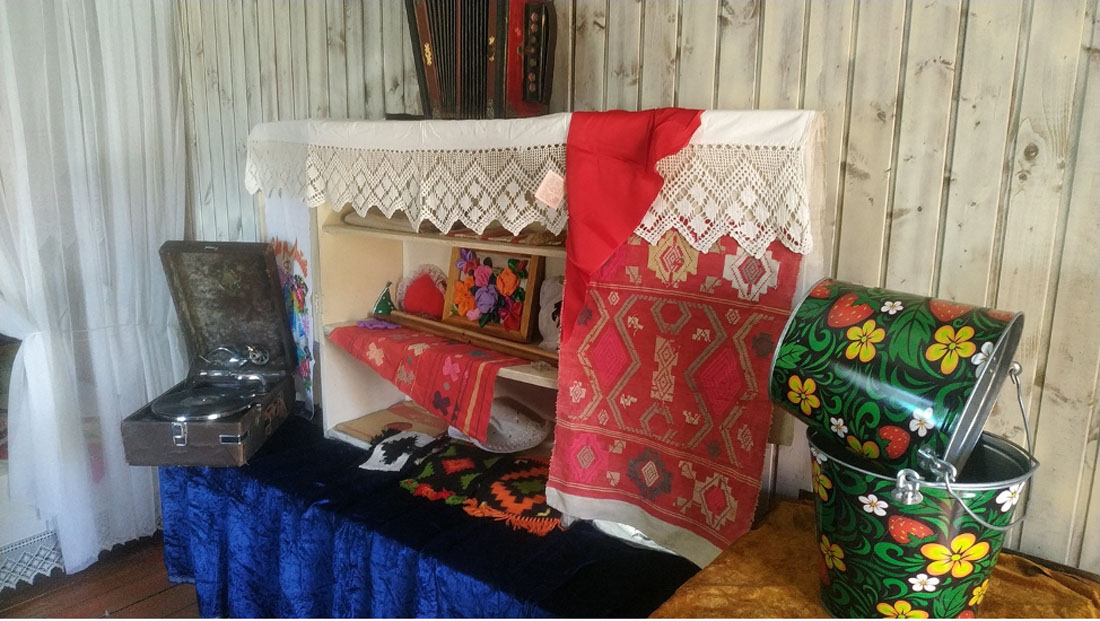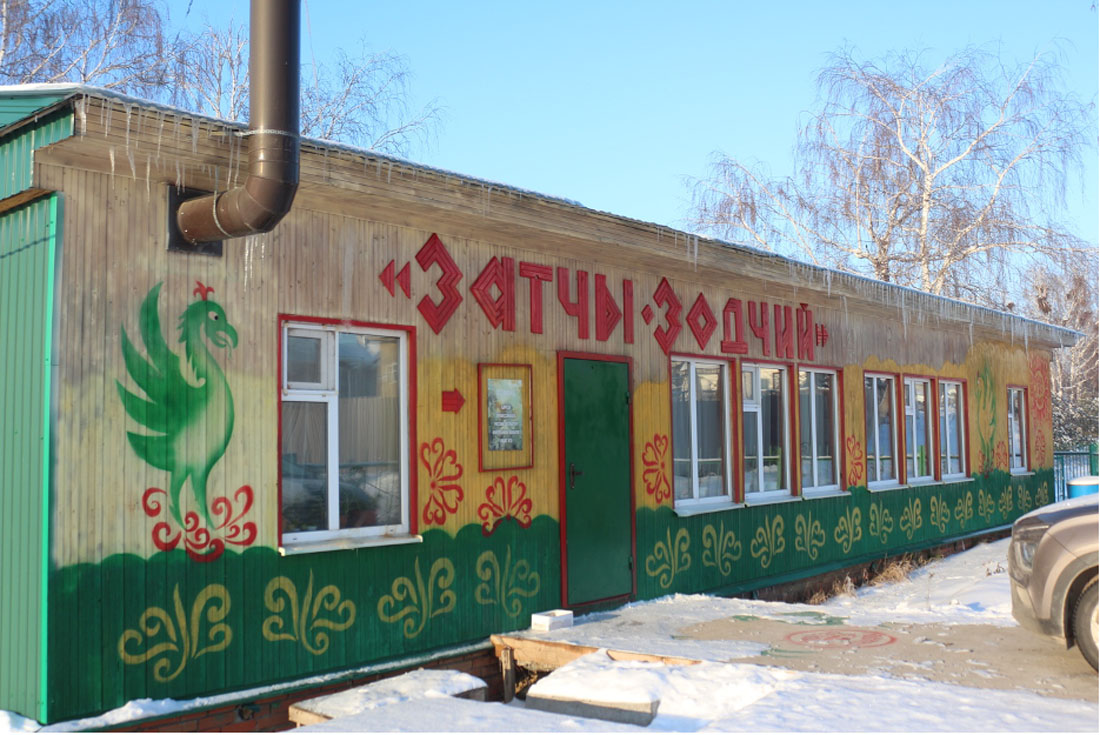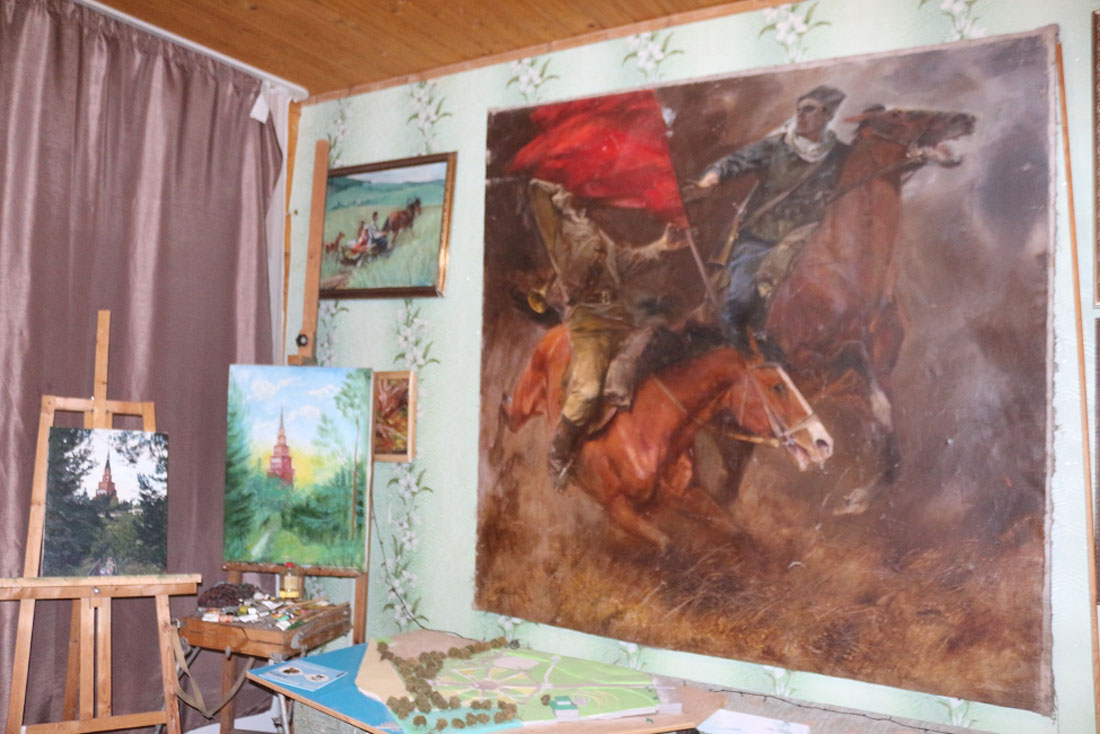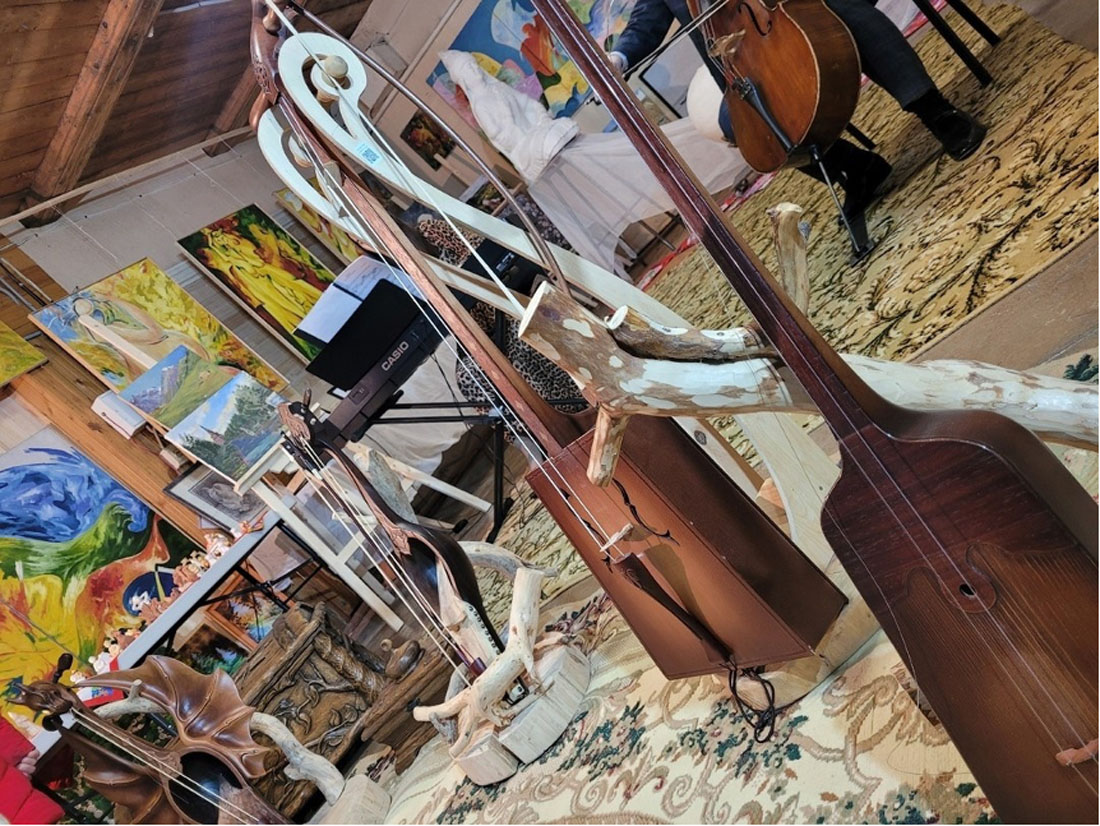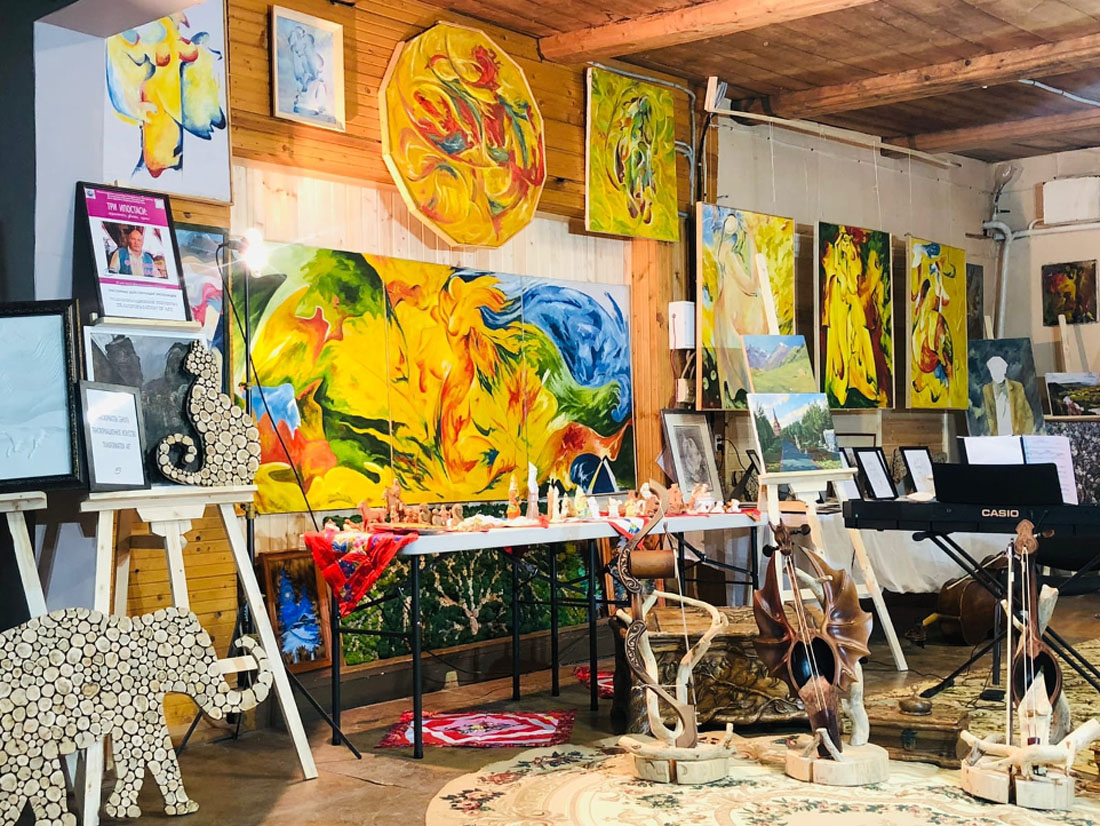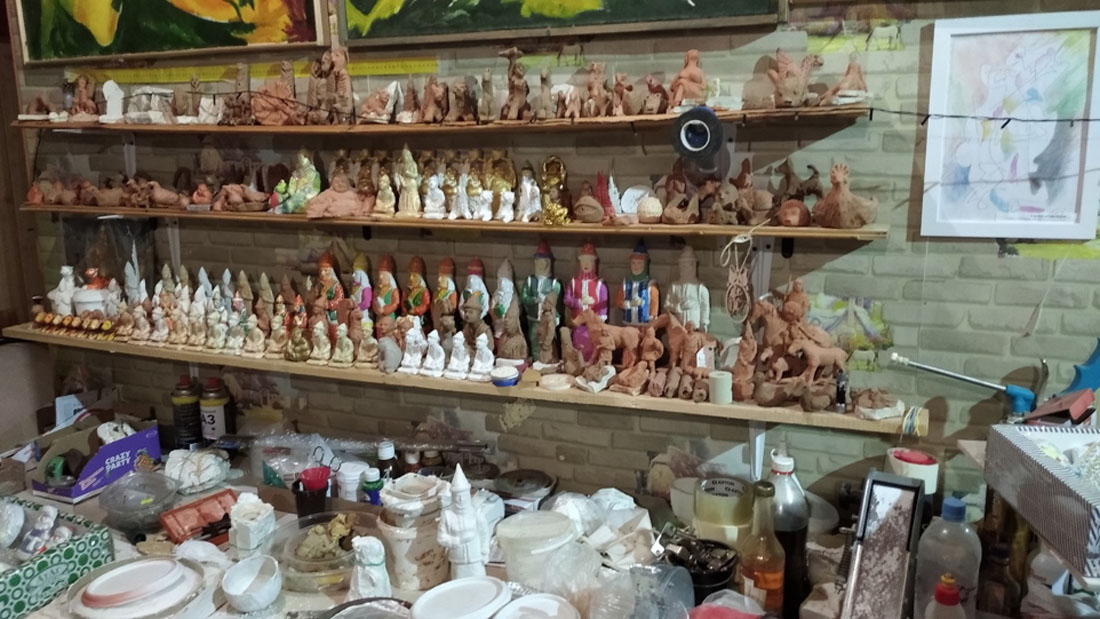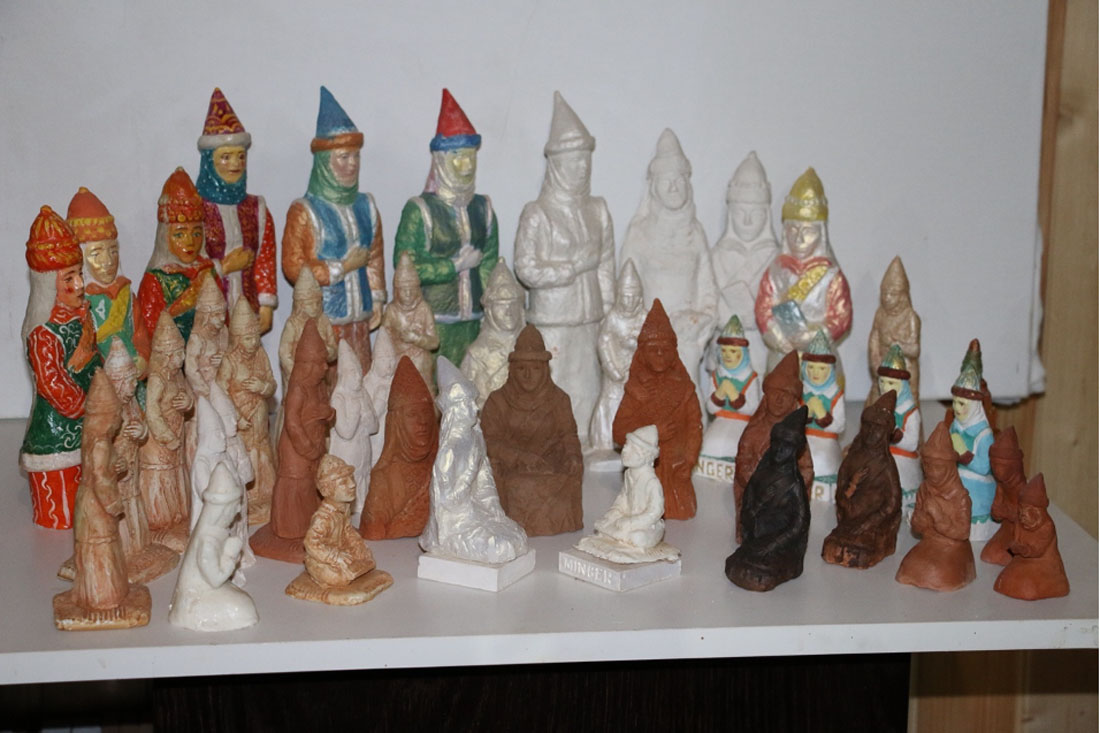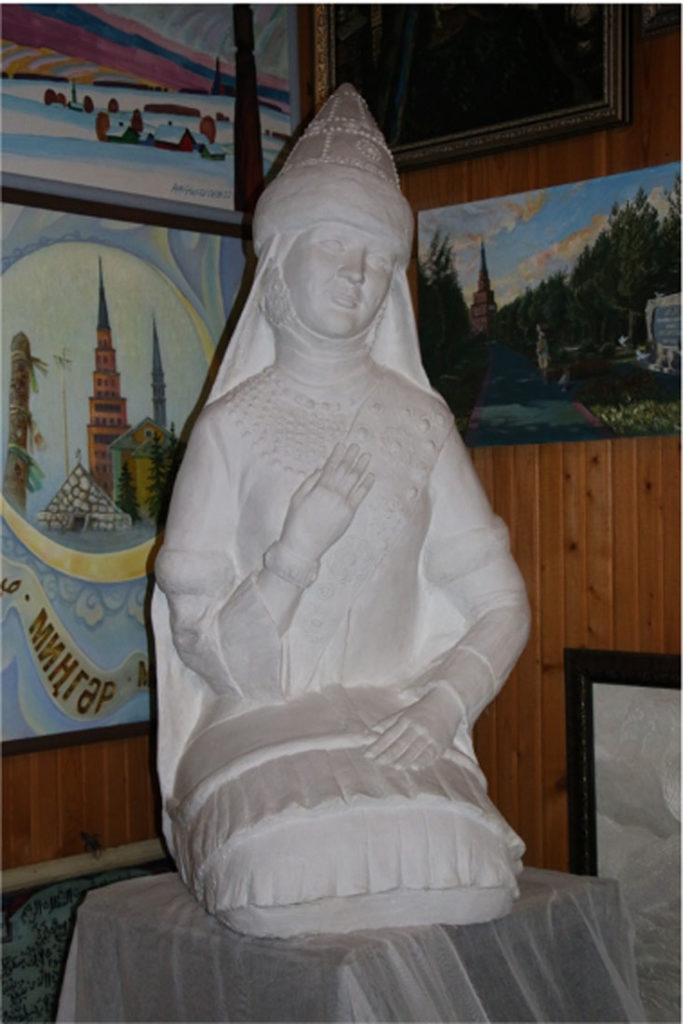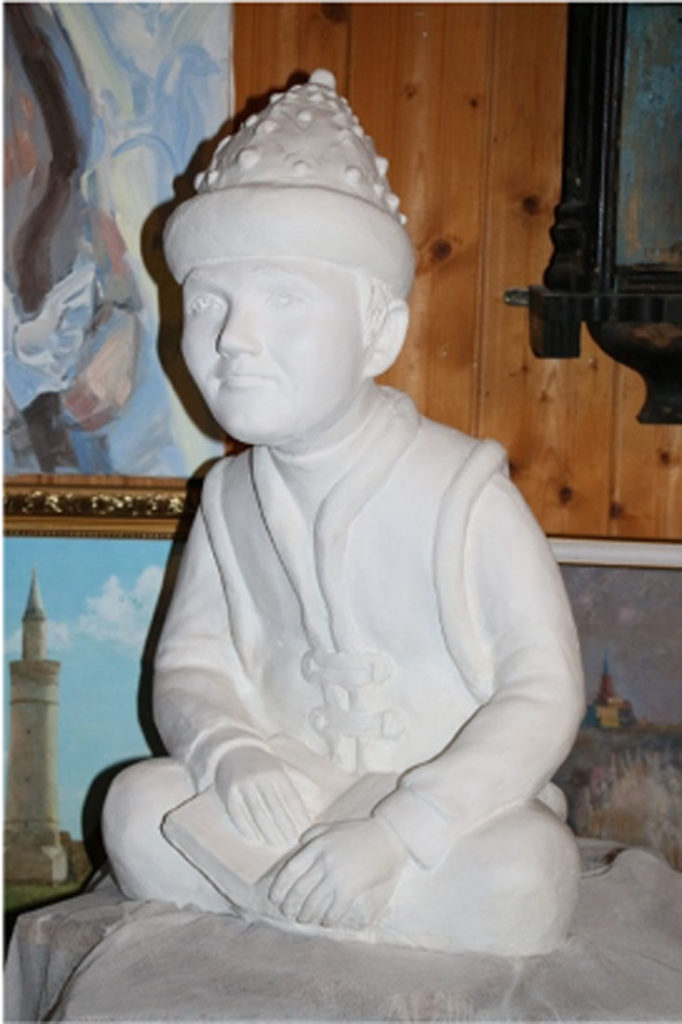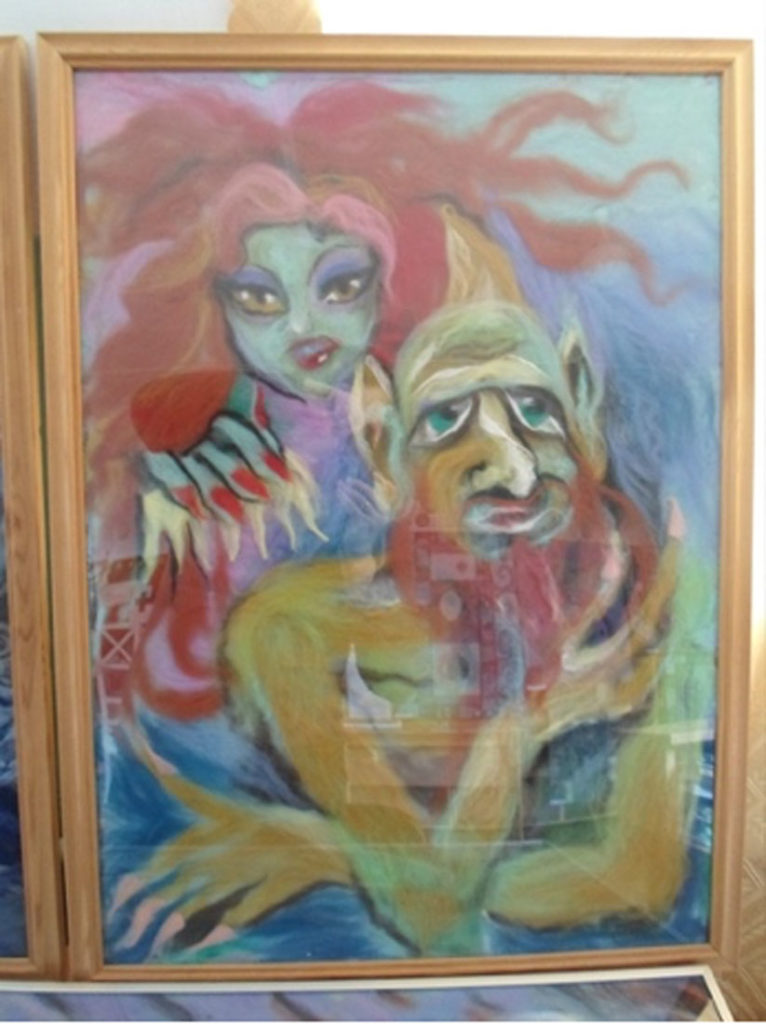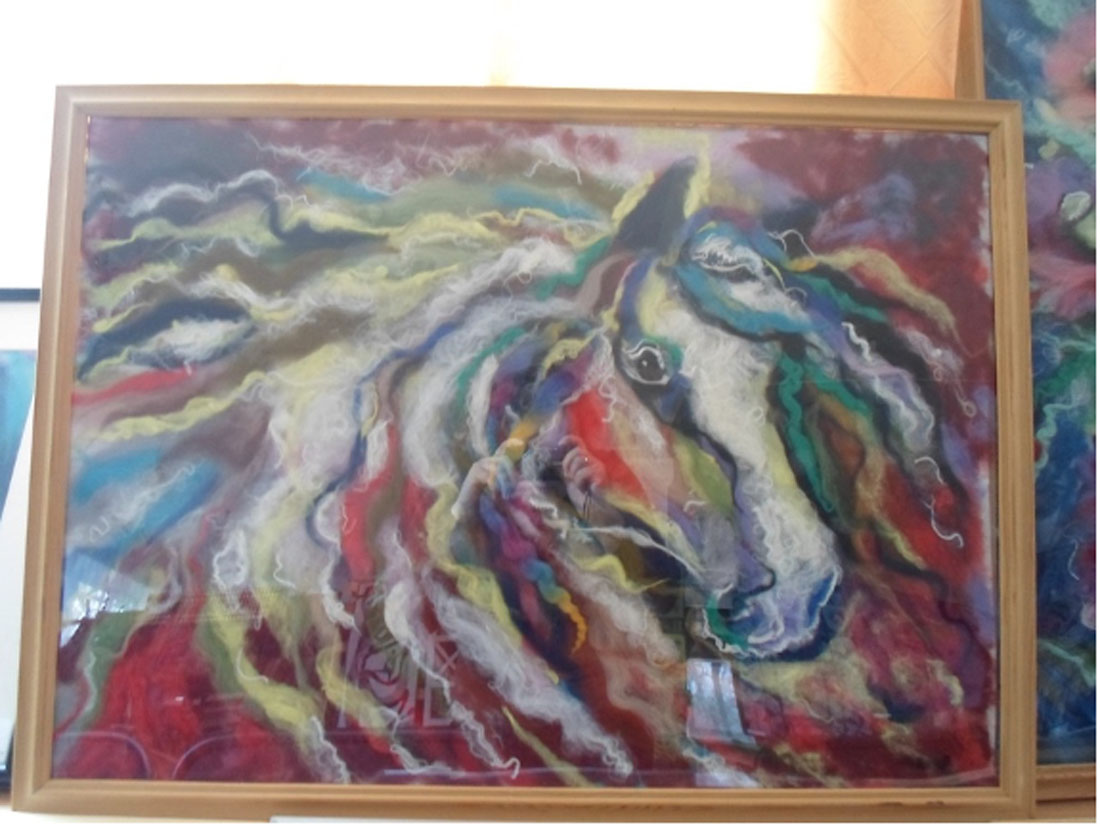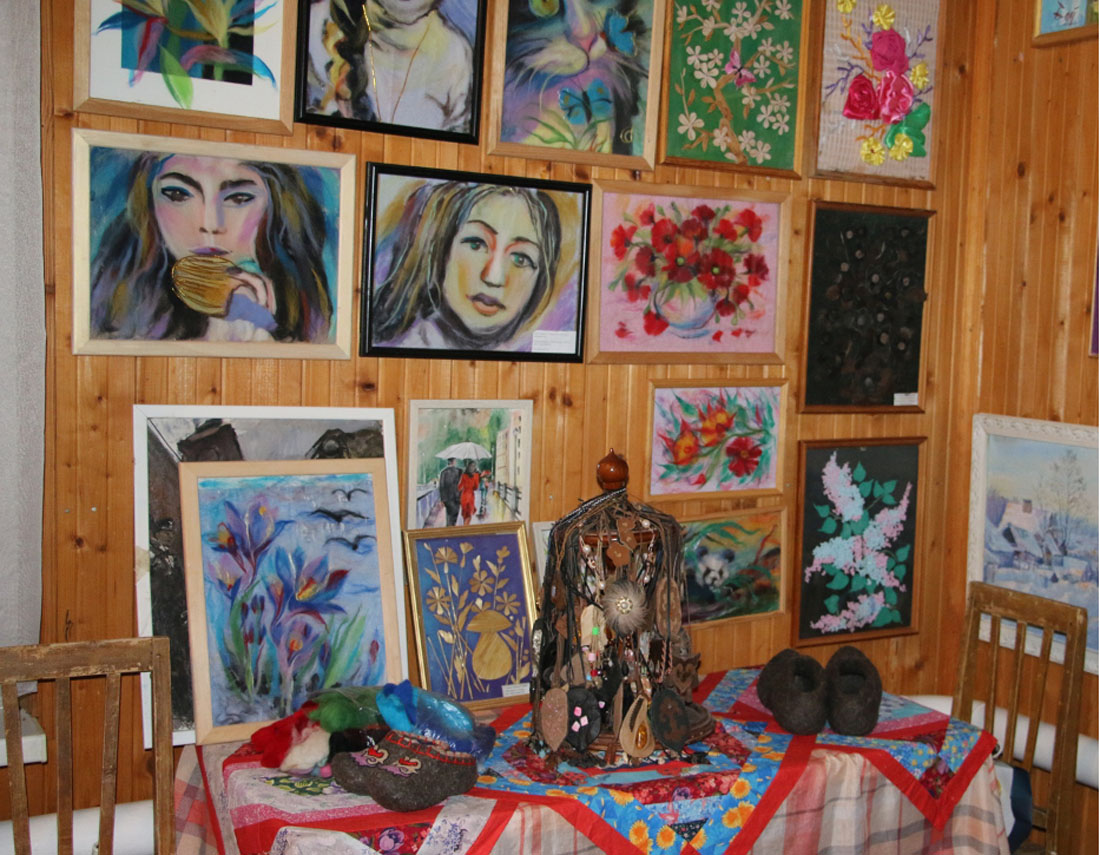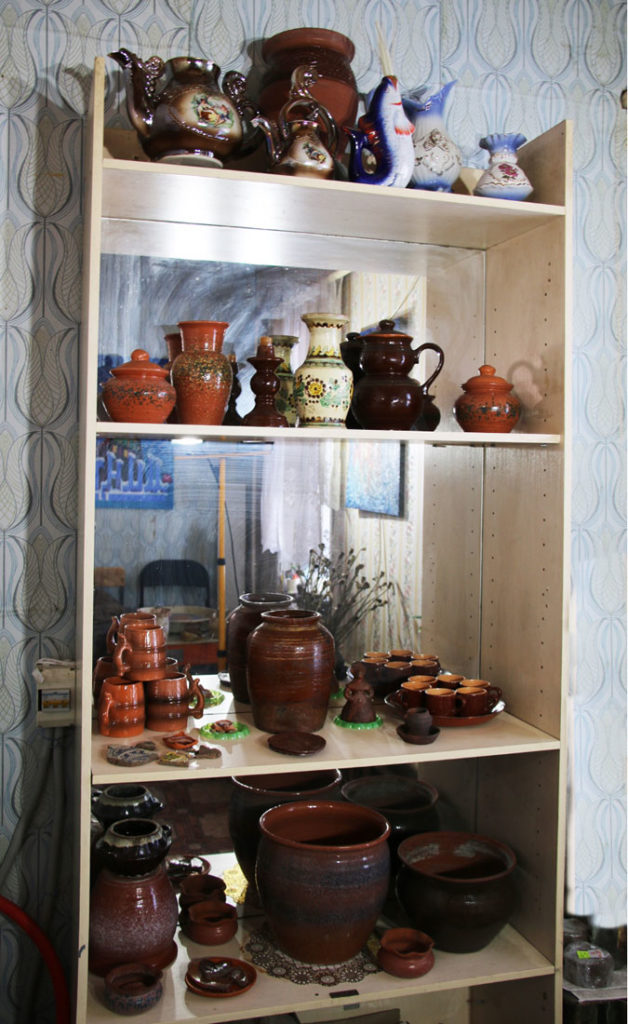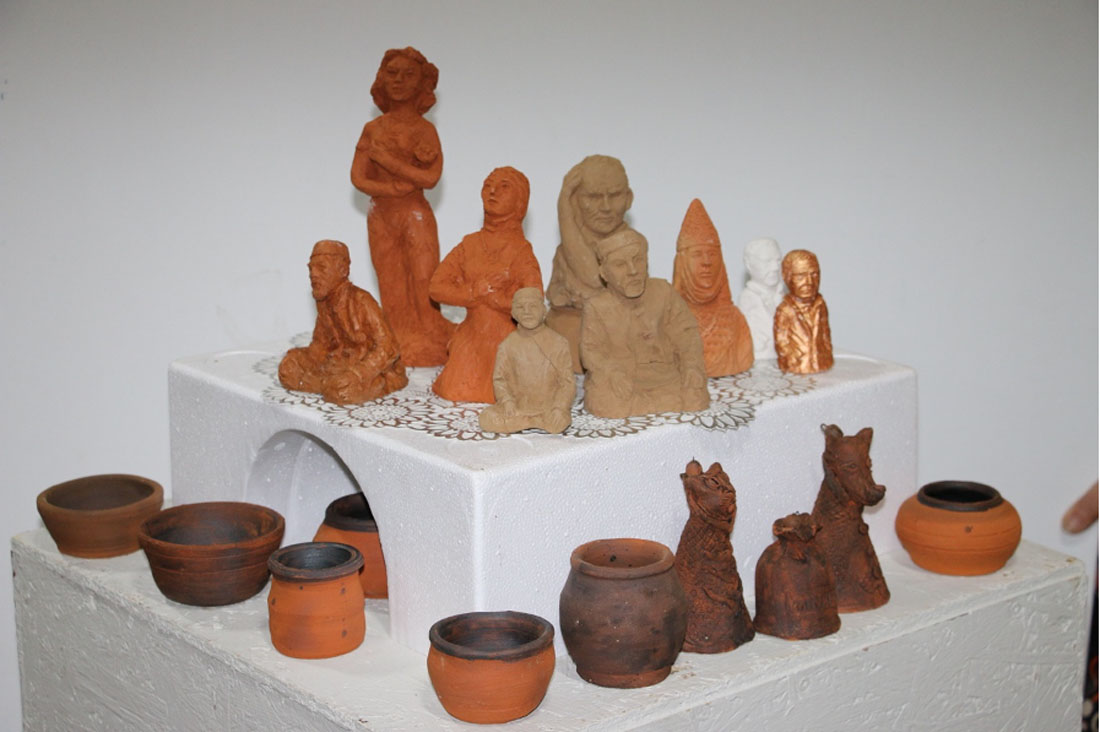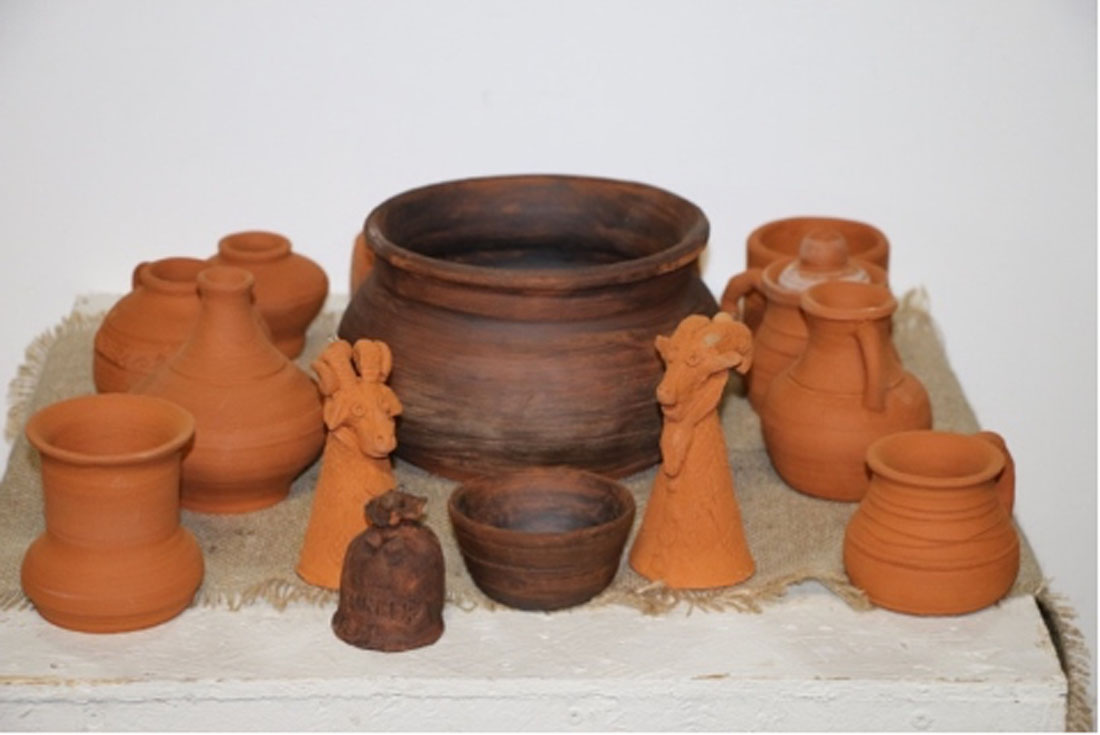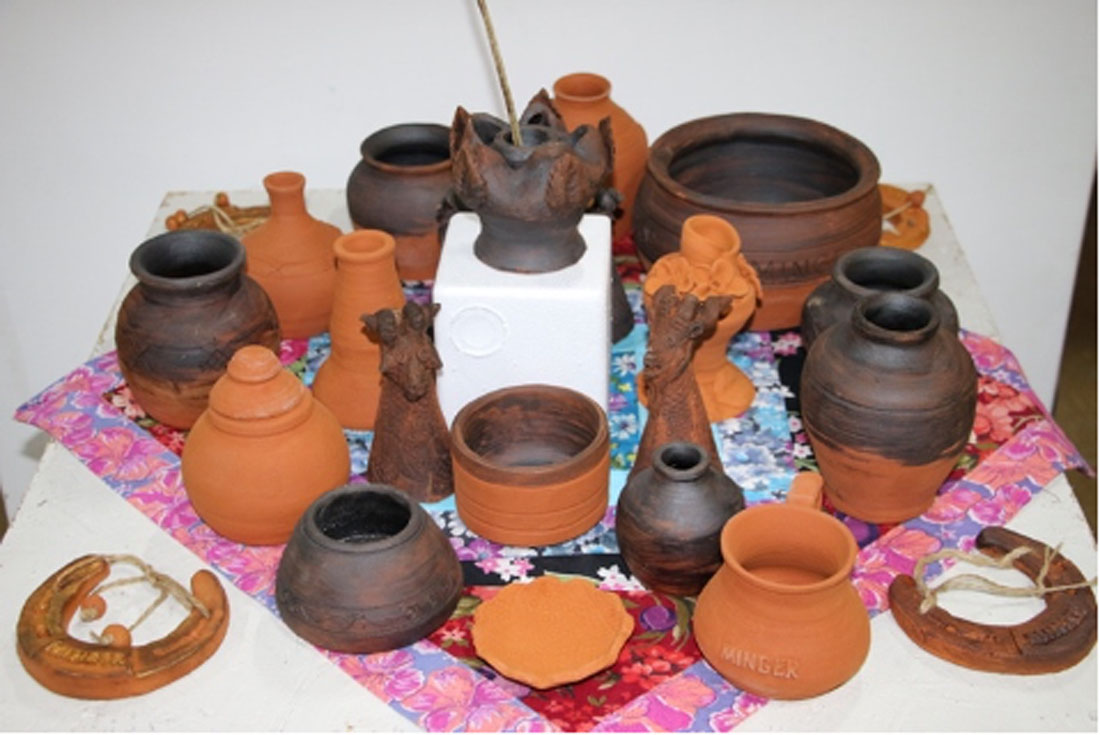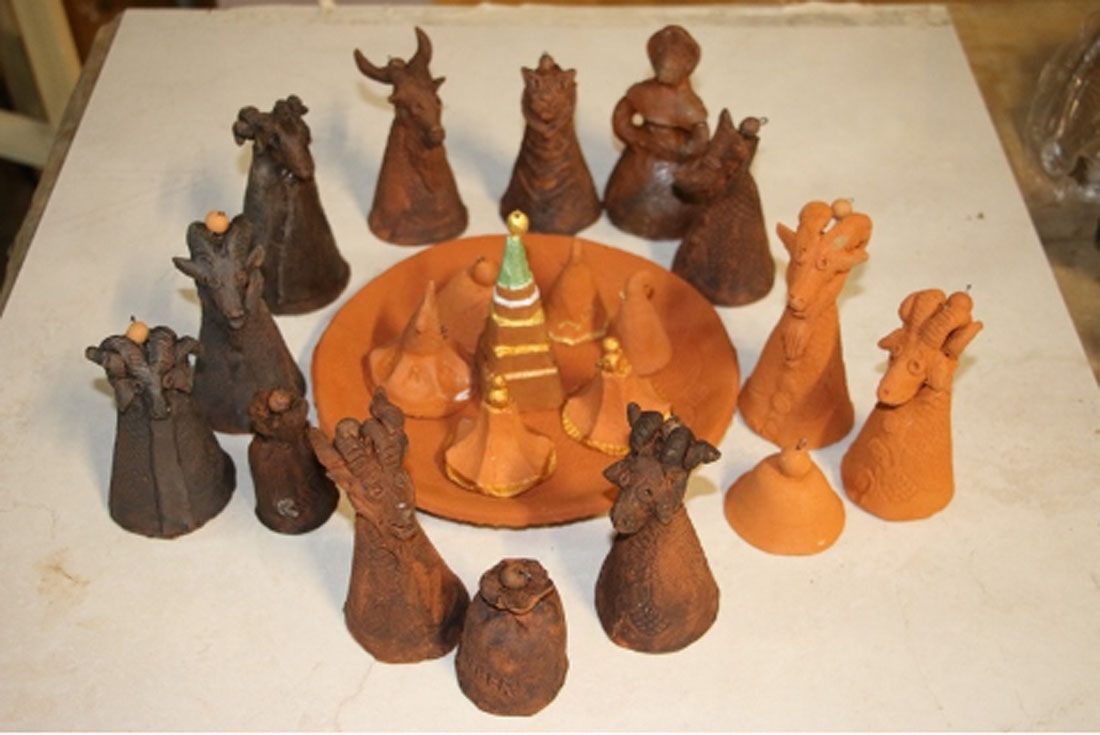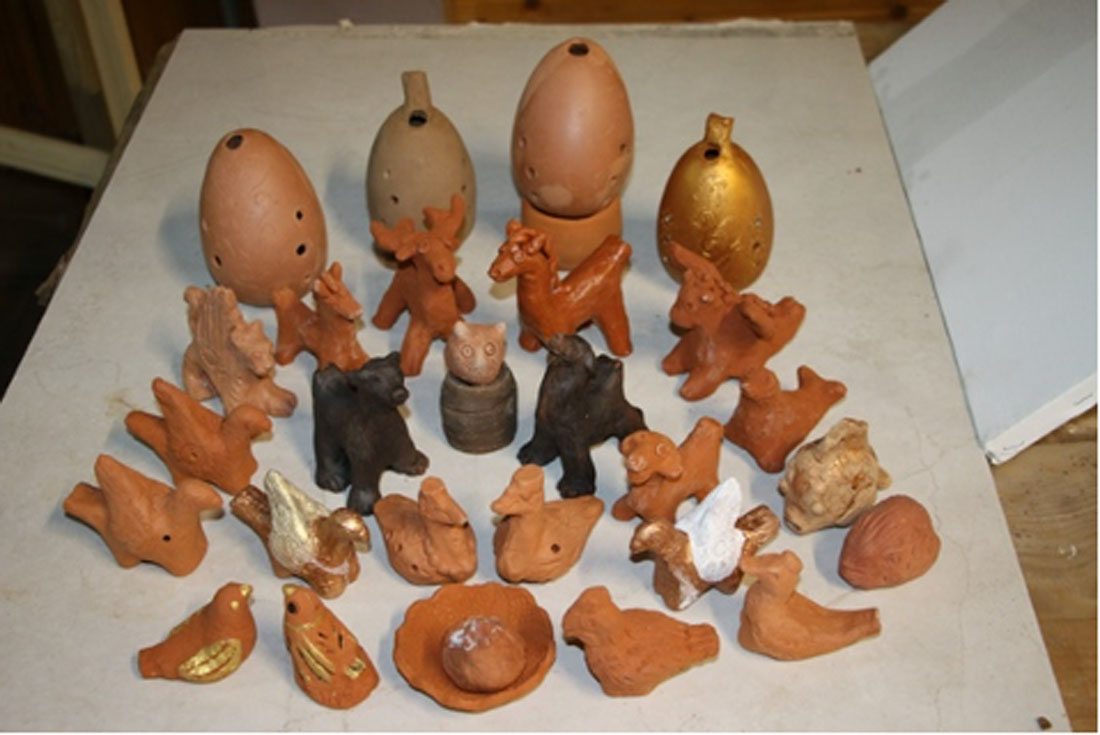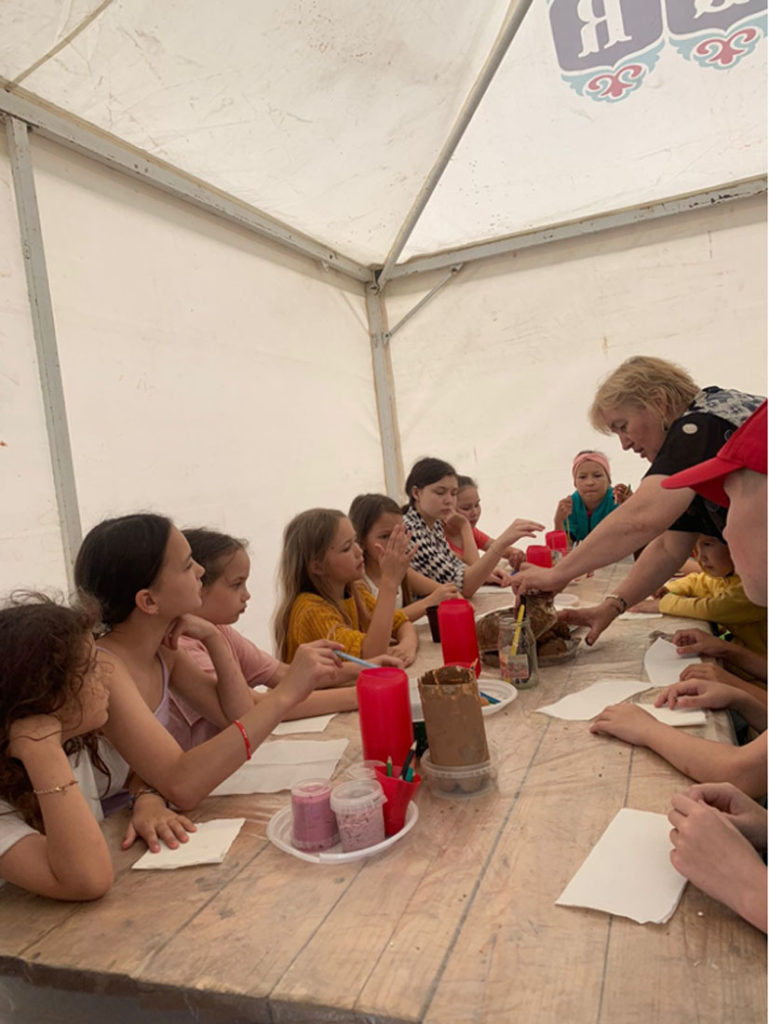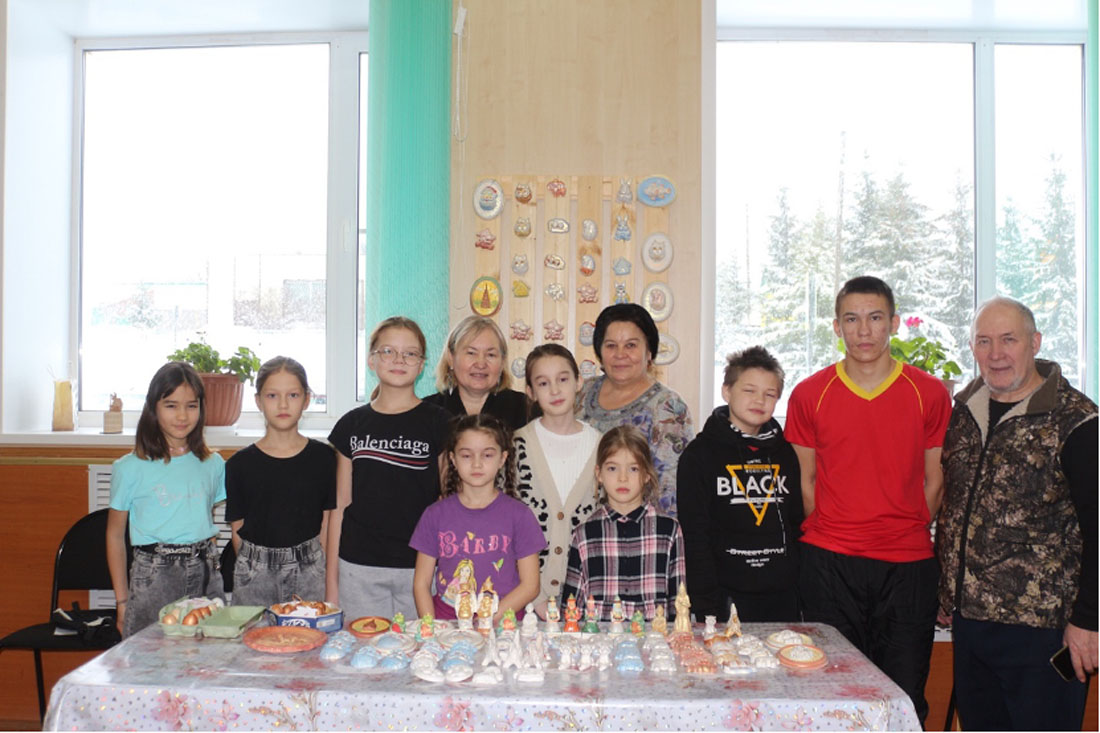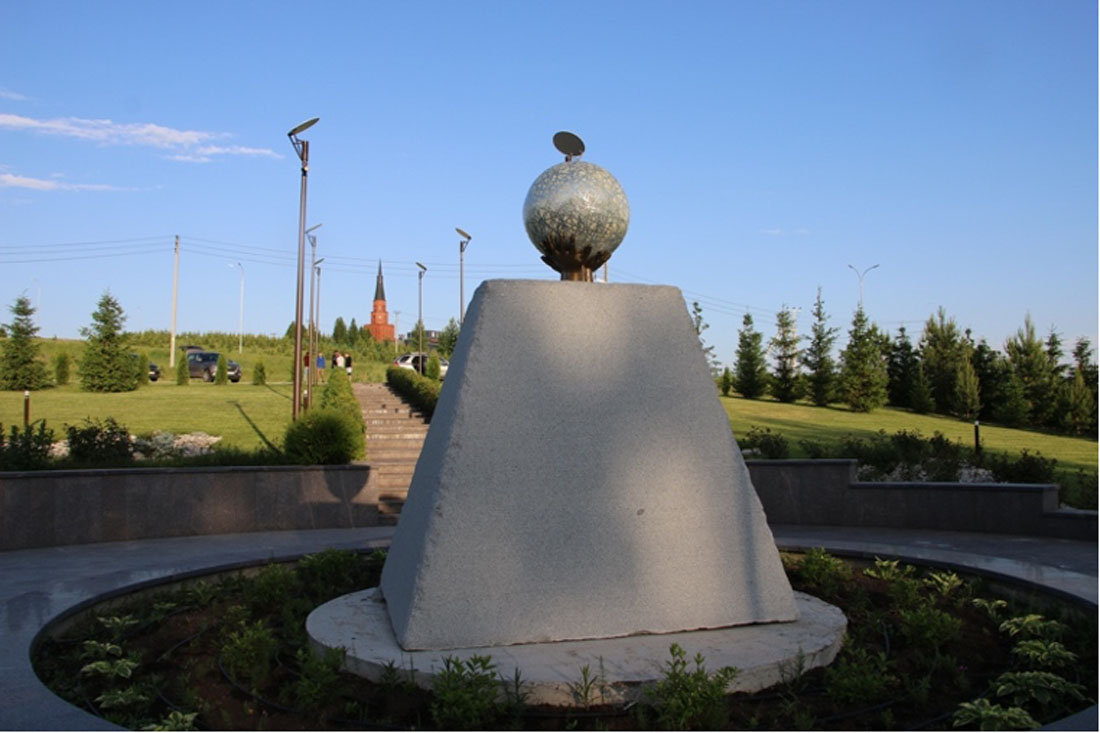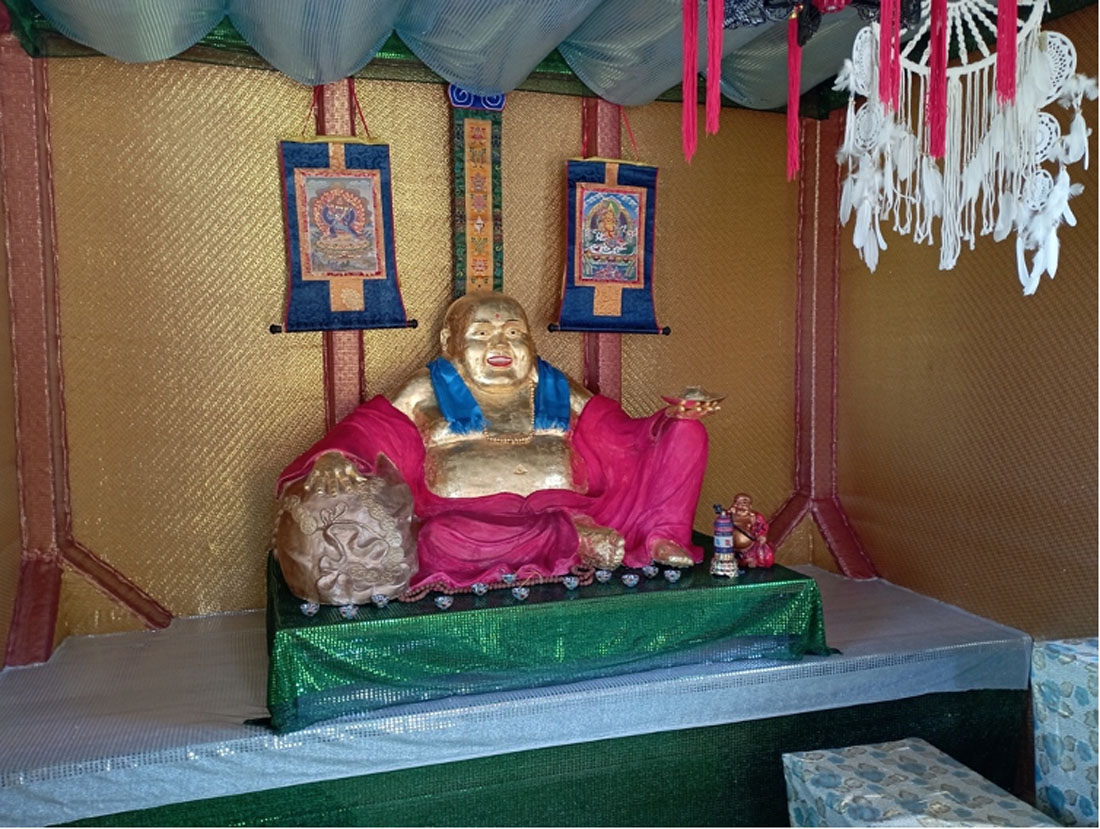Minger Museum-Workshop “Zatchy-Zodchiy” of modern art and Tatar traditional crafts
Tatarstan
Contact information
Republic of Tatarstan, Sabinsky district, village Minger, Tatarstan Street, Building 26 A.
Tel.: +7 (917) 279-99-47
Operating hours
daily: 10:00 – 17:00
Ticket price
Full ticket – 100 rubles;
pensioners, children, students – 50 rubles;
war veterans – free of charge.
Founder and owner of the museum
Kamalov Faizrakhman Gafurovich
Founder, owner, and director of the museum
Gabidullina Raushania Firdavisovna
Owner of the museum
Minnyakhmetov Dzhaudat Midkhatovich
Founded
2022
Museum profile – Comprehensive museum – museums whose collections document socially significant phenomena related to various profile disciplines. Their collections include sources of all kinds in various fields of knowledge that meet the common goal of educating students about the careful treatment of historical monuments and love for their homeland. In order to revive and preserve traditional crafts and cultural values of the village of Minger, The Museum-Workshop “Zatchy-Zodchiy” opened in May 2022. The name “Zatchy” in Tatar and “Zodchiy” in Russian is not accidental. “Zatchy” – “Creator of expensive things.” In ancient Russia, builders of temples were called “zodchiy” from the Old Russian word “zod” – clay, and in Tatar – “expensive.” Clay (glina), “gel and ina” – “Mother Clay”, is one of the 200 pagan gods “Mother Earth” – “Jer, Er, Ker” and “Ger, Geos” in Greek. This suggests that all languages of the world once had a common root. The meaning of the word “Ker” is clay, another world, the soul of ancestors. The root “ker” is preserved in the roots of words in many languages of the world: “kirpich (brick) ” – “burnt clay”. “Kirkor” in Bulgarian means “builder of temples, priest, architect”, “ker korolma” – brick structure, in the words “krugka”, “krynka” – “kerchek” – “pot”, “ceramics” – “ker kamyr” – amorphous dough, potter’s clay. The Turkish surname “Kirach” means “potter”, “ceramics”. Nowadays, the Tatar word “kerachi” has been replaced by the term “chulmakchi”, “mag”, that is, “creator of sand dough”. This museum is also a museum of words.
Sections of the exposition: Art Gallery, departments of decorative and applied art, culture of everyday life, history of the region, ethnography, nature and archeology, metrology, numismatics – there are 4125 exhibits. The most valuable in the museum are collections of paintings of transformational art, easel painting, sculpture by artists from Tatarstan, Russia and foreign countries of the XX-XXI centuries. Musical instruments. Further: products made of leather, fur, and wool; collections of skulls of ceramic tiles with Dutch miniatures, skulls of dishes from the beginning of the XIV century, rough ceramics of the XIX-XX centuries, netske, clay toys. The hawk bell is a round object made of sheet brass or copper, used as part of the equipment for falconry in medieval Europe. There is a suggestion that the bell was made in the village of Minger; many years ago, an iron chainmail of a warrior from medieval Europe was found in the house of a blacksmith here. Iron bed partially made of parts of the iron chainmail “Kuyak”. Kuyag is the general name for Mongolian armor made of hard materials. The museum exhibits collections of household items, antiques: lamps, samovars, dishes, tools, clothing, embroidery, utensils and more. The history of words, objects, the history of the school and the village are of great interest. The Museum-Workshop “Zatchy-Zodchiy” develops and implements original ideas for reviving ceramic products.
